Violinist Keir GoGwilt tells US correspondent Thomas May about The Edinburgh Rollick, his new album with the wildly inventive early music band Ruckus, which explores the legacy of 18th-century Scottish fiddle legend Niel Gow
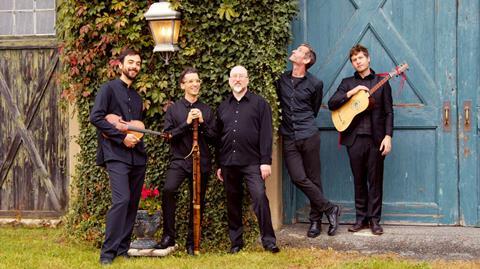
Discover more Featured Stories like this in The Strad Playing Hub
The period instrument ensemble Ruckus has been retooling the very concept of Baroque continuo, transforming it from a mere harmonic foundation into a groovy, driving force of texture, rhythm and improvisation.
Following on its acclaimed debut album from 2019, Fly the Coop! Bach Sonatas and Preludes, a collaboration led by flautist Emi Ferguson, the boundary-pushing band from New York is now releasing The Edinburgh Rollick, a fresh adventure for which it has teamed up with the adventurous violinist and composer Keir GoGwilt.
On the new record, the ensemble turns its attention to the legacy of the legendary 18th-century fiddler Niel Gow (1727-1807) – praised by the likes of Robert Burns – who left a lasting stamp on Scottish fiddling tradition. Drawing on the Strathspey Reels collections published by Gow’s son Nathaniel Gow (1763-1831) early in the 19th century, GoGwilt and his colleagues perform a vibrantly varied series of sets that bridge folk traditions with Baroque and contemporary sensibilities.
‘Precisely because these books played a significant role in the selective canonisation of Scottish folk music,’ writes GoGwilt in his liner notes, ‘it has been a gratifying journey to work our way through and beyond these texts, and to find a sound unique to our own hybrid paths through these musical traditions.’
Using gut strings, short bows and a continuo-driven ensemble – including viola da gamba, harpsichord, theorbo, Baroque guitar, bassoon and percussion, along with vocals contributed by Fiona Gillespie – The Edinburgh Rollick reimagines these historic tunes with a dynamic, improvisatory spirit. In this conversation with The Strad, GoGwilt shares insights into the project, the crossover between folk and classical traditions and his own journey into Scottish fiddle music.
Niel Gow was one of Scotland’s most celebrated folk fiddlers; he became perhaps the first to make a living soley by playing the fiddle
Who was Niel Gow, and why is he significant?
Keir GoGwilt: Niel Gow was one of Scotland’s most celebrated fiddlers from that era. He was trained as a weaver but became perhaps the first folk fiddler in Scotland to make a living solely by playing the fiddle, with the Duke of Atholl as his patron. All the accounts of Niel Gow’s playing suggest he was an extraordinary musician and fiddler. His legacy has been passed down through the Scots fiddling tradition, largely due to the collections associated with him.
The collections on this album were compiled by his son, Nathaniel. Most of the music isn’t actually Niel Gow’s – only a few tunes are. Many are anonymous folk tunes, and some were written by Nathaniel.
Why do so many tunes that weren’t composed by Niel Gow appear in these collections?
Keir GoGwilt: It’s a combination of things. In the folk tradition, authorship didn’t mean the same thing as it did in Classical or Baroque music of the time. Writing these tunes down, adding a bass line, and publishing them was a way of bringing the tradition to a literate musical audience – essentially putting it on the map. A less sympathetic reading would be that people were capitalising on the old guy’s prestige and cachet. There was certainly an element of that.
Was there already a crossover at that time between folk and classical traditions?
Keir GoGwilt: Absolutely. One of the inspirations for this album was realising how these exchanges had already been happening for centuries. I looked at Baroque treatises by Italian musicians who ended up in Edinburgh, Wales or Ireland – the most famous being Francesco Geminiani. In one treatise, he takes Scottish airs and makes them Baroque by adding galant ornaments, bass lines and polyphony. In his mind, he’s ‘improving’ the music.
There was a lot of casual chauvinism toward Scottish folk music, but also admiration. Many composers, like Giuseppe Tartini, spoke about the virtues of folk music and ornamentation and how it informed their own compositions. So there’s a lot of crossover historically.
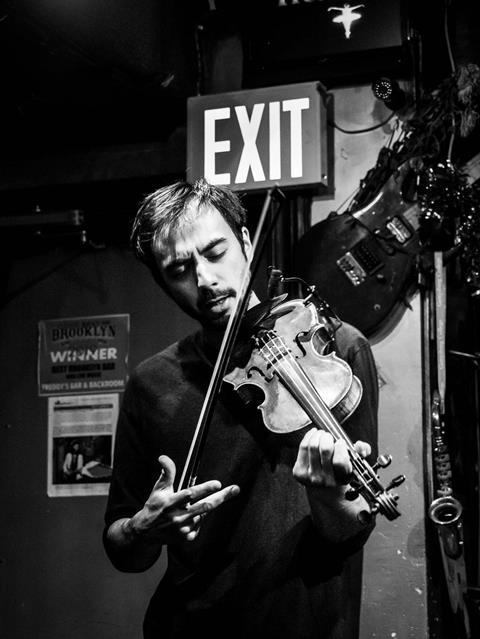
What does the manuscript source material for these collections look like?
Keir GoGwilt: There are hundreds and hundreds of tunes – reels, strathspeys, jigs – often three or four to a page. Sometimes just the basic melody, but sometimes there are a couple of ornament suggestions and sometimes even variations on the melody for the more complex ones.
We often like playing from the basic melodies because that allows us to improvise or create our own variations. The only other written element is a simple bass line. That’s generally all there is. There are hundreds of these tunes, which we assembled into sets.
How do you work with such a simple bass line?
Keir GoGwilt: I think of it in terms of harmony, rhythm, melody, and counter-melody. A lot of times, Ruckus infers a vertical chord from a bass line that doesn’t interfere with the melody but adds an interesting emotional arc. They’ll also play with the rhythm – with the 3/4 versus 6/8 ambiguity in some jigs, using a lot of hemiolas and cross-rhythms. Many sets start with just violin, then build by adding percussion, guitar, harpsichord, gamba, bass, bassoon. There are so many factors you can manipulate to create the long arc of a set.
We discovered this by playing the tunes rather than discussing them. I created the sets, brought them in, and on the first day I didn’t even say anything – we just sat down and played through them. The musicians in Ruckus play together so much they can practically read each other’s minds.
How did you select which tunes to record?
Keir GoGwilt: I went through all four books and read through a lot of the tunes. Some immediately jumped out – either because I loved them, they connected to other tunes I knew, or they were familiar. I marked those and created a spreadsheet of my favourite reels, strathspeys and jigs, noting their key signatures and tempos.
Then I started assembling sets, thinking about how to shape a journey – starting slow, progressing to something faster – while considering the harmonic flow and looking at things like whether the transition is too abrupt. Does it create an interesting arc? Even after recording, we kept playing around with the order.
Why is this such a good fit for Ruckus?
Keir GoGwilt: Their sound is perfect for this material for a number of factors. They’re incredibly good at making a lot from very little. These tunes really just have a bass line – barely even figured bass. It’s very simple, which lets them play in extraordinary ways with texture, orchestration and rhythm.
Ruckus is a big continuo band – there are more continuo players than melody players, which is unusual. But that creates these incredibly thick, resonant, groovy textures. They can lean into syncopation and have fun with rhythm games and also approach the melody in a more bass-heavy way.
We wanted to signal that a lot of this album is ecstatic. That’s how the music makes us feel when we play
How did you come up with the title The Edinburgh Rollick?
Keir GoGwilt: Actually, it was Clay [Zeller-Townson, a Baroque bassoonist and Ruckus’s founder and artistic director] who came up with it. We wanted to signal that a lot of this album is ecstatic. That’s how the music makes us feel when we play.
What drew you to Scottish fiddle music?
Keir GoGwilt: I actually came to it rather late. I grew up playing classical music, but about a decade ago, I started learning folk tunes in the Irish and Scottish traditions – at first casually with friends, then at sessions. It’s something I’ve returned to throughout my adult life.
The idea of making an album centred on Edinburgh resonated because I was born there, and my dad is Scottish. My grandfather, who lived in Edinburgh and hosted many musical events, was also a musician and very much part of that scene. He passed away last year, so we dedicated the album in part to him. This project has been a way to honour that connection. I have a lot of memories of being in Edinburgh and listening to bagpipers. This music has influenced different parts of my career and playing.
Did you use the same instrument you usually play for this recording?
Keir GoGwilt: Yes, but I put gut strings on it and used two different short bows – Corelli-style bows. My uncle, who is both a violinist and a luthier, made them.
What do you hope listeners take away from this album?
Keir GoGwilt: I know this word was severely overused during the Democratic convention and the US election, but joy is something I want people to experience. And also the variety of emotions.
Each tune expresses a very specific feeling and describes an emotional state better than words can. I hope listeners experience a wide palette of emotions, because this music has a unique ability to convey such distinct and varied moods purely through melody.
Read: ‘Always a surprise in her writing’: Rediscovering French composer Fernande Decruck
Read: Masterclass: Schumann Five Pieces in Folk Style op.102, first piece
Discover more Featured Stories like this in The Strad Playing Hub
The number one source for playing and teaching books, guides, CDs, calendars and back issues of the magazine.
In The Best of Technique you’ll discover the top playing tips of the world’s leading string players and teachers. It’s packed full of exercises for students, plus examples from the standard repertoire to show you how to integrate the technique into your playing.
The Strad’s Masterclass series brings together the finest string players with some of the greatest string works ever written. Always one of our most popular sections, Masterclass has been an invaluable aid to aspiring soloists, chamber musicians and string teachers since the 1990s.
The Canada Council of the Arts’ Musical Instrument Bank is 40 years old in 2025. This year’s calendar celebrates some its treasures, including four instruments by Antonio Stradivari and priceless works by Montagnana, Gagliano, Pressenda and David Tecchler.

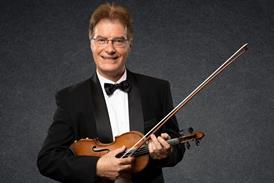
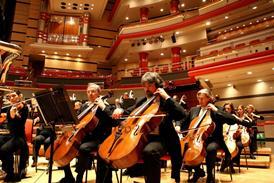
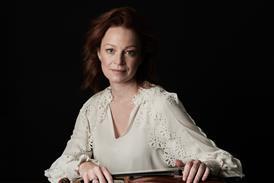
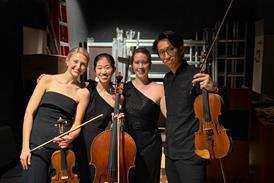

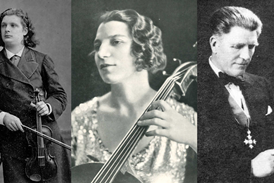


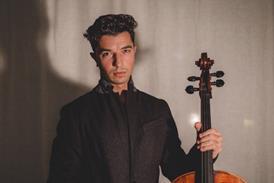
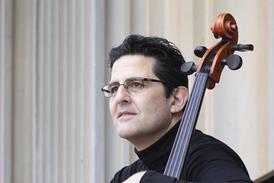
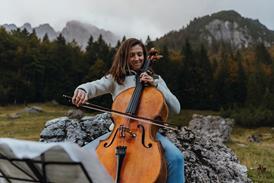
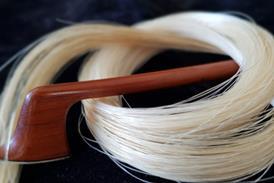
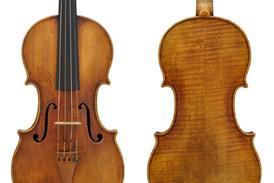
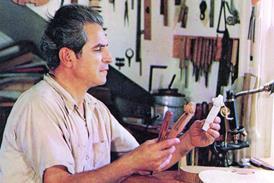
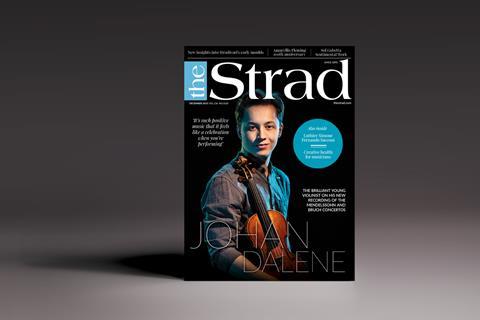
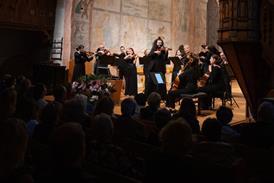

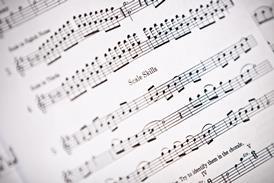
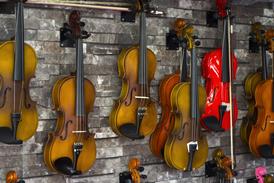

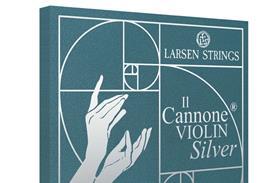
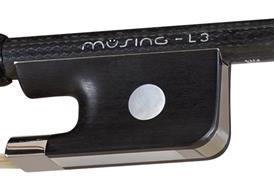
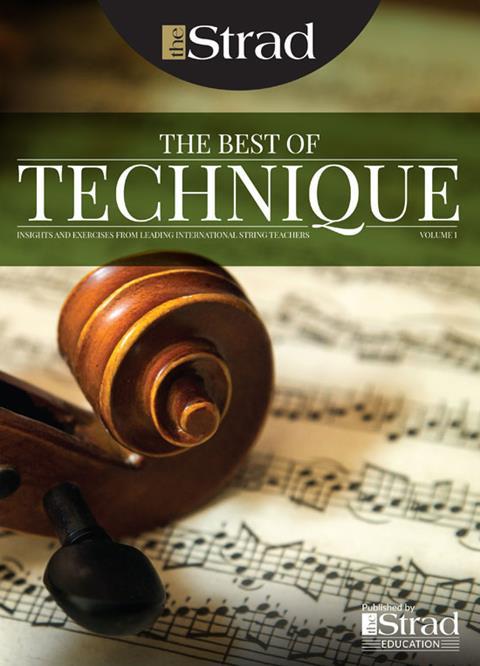
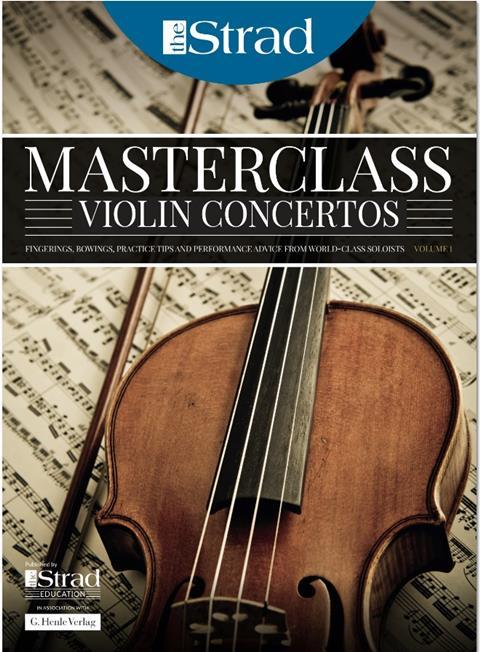
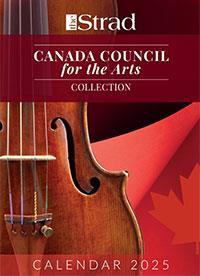
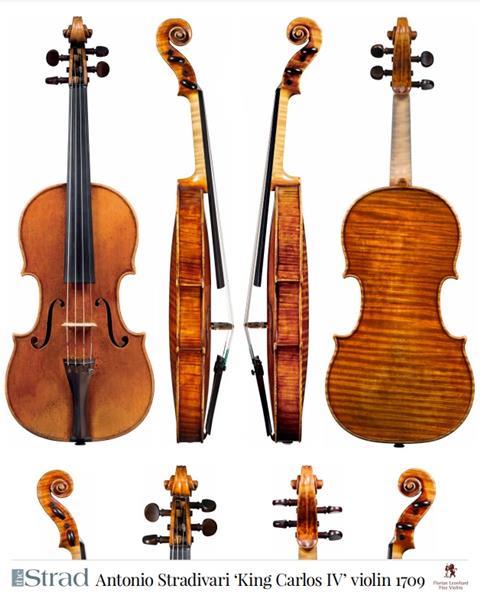
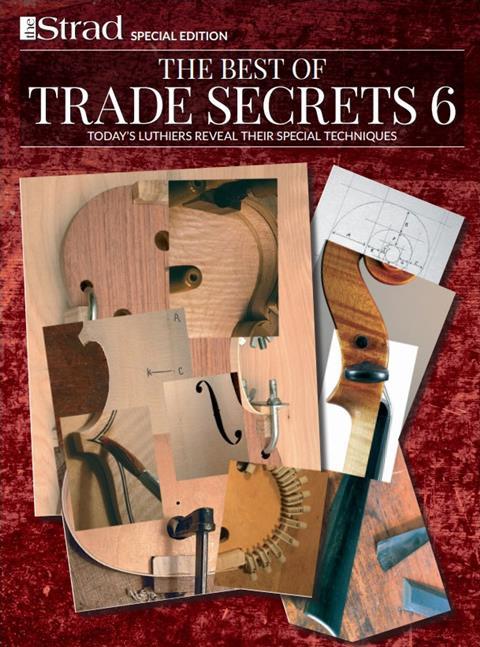
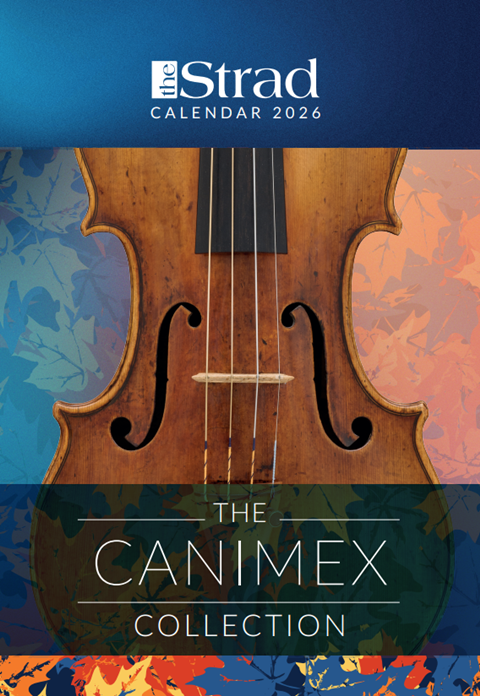
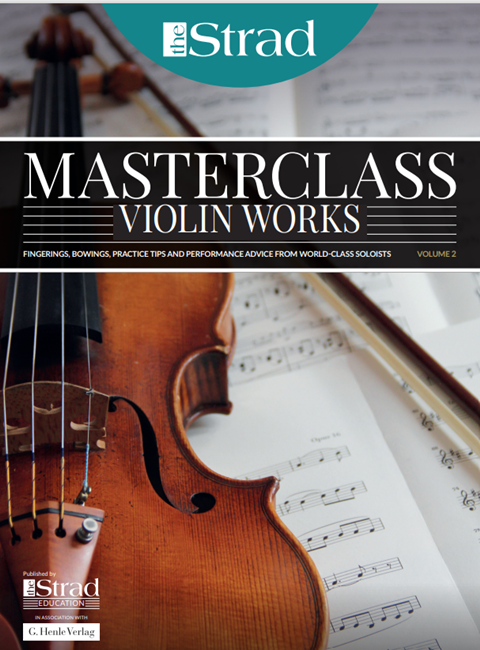
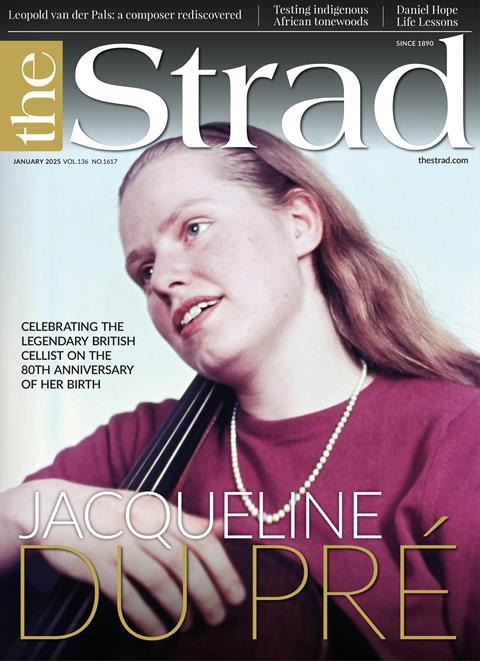
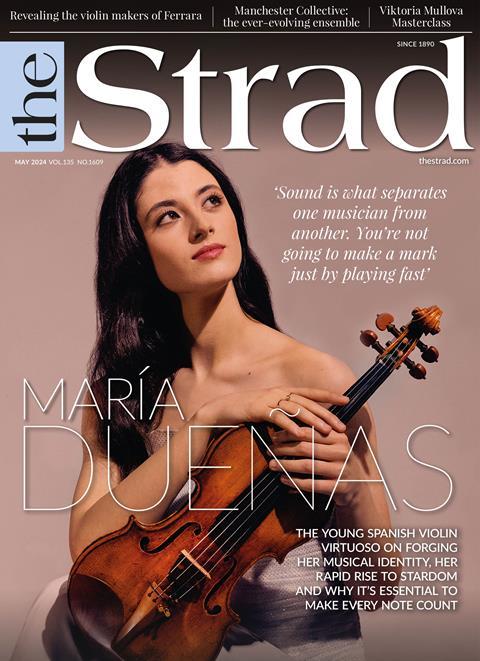
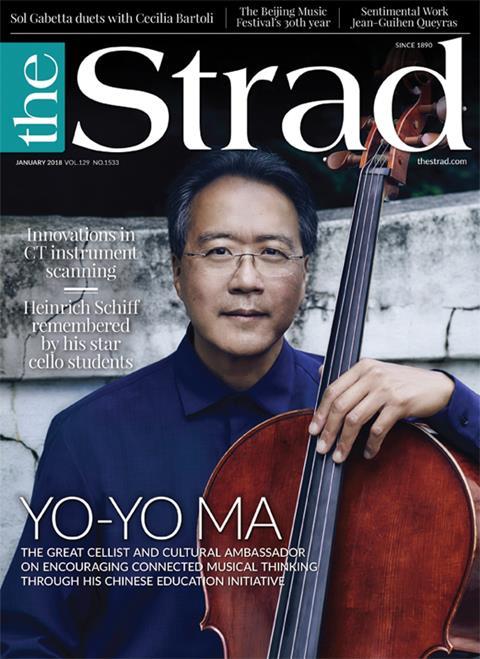












No comments yet